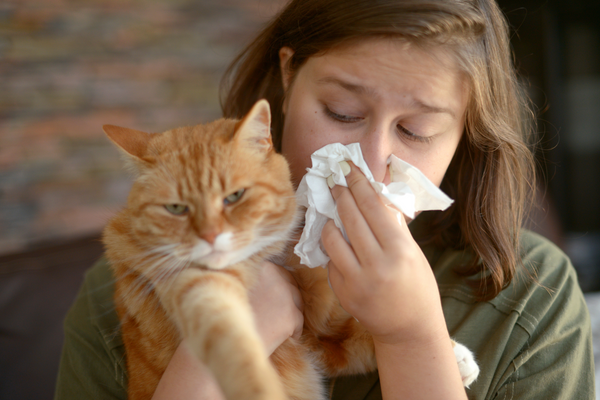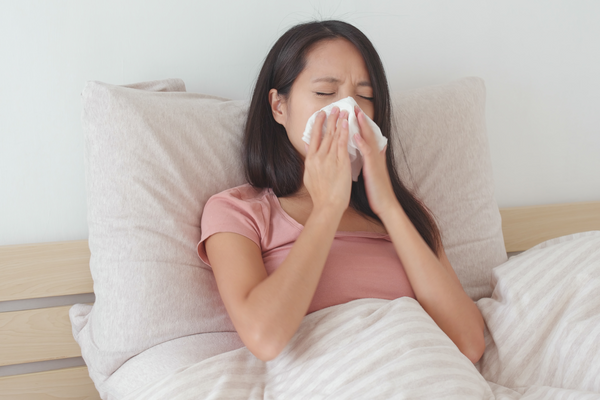The Effects of the Pharmaceutical Industry on the Ocean & the Fish We Eat

We've long known that the fish we eat are exposed to toxic chemicals in the oceans, rivers, lakes, and bays they inhabit. In the past, communities around the world used the ocean for waste disposal, including for disposal of industrial waste, radioactive waste, sewage sludge, garbage, petroleum products, acid chemical waste, and more. Following years of vast, uncontrolled dumping, some areas of the ocean became demonstrably contaminated with high concentrations of dangerous pollutants, which opted world leaders to implement international regulations about ocean dumping. The Convention on the Prevention of Marine Pollution by Dumping of Wastes and Other Matter of 1972, also known as the London Convention, was one of the first international agreements for the protection of the marine environment from human activities. The United States implemented the requirements of the London Convention in 1972 by enacting the Marine Protection, Research & Sanctuaries Act (MPRSA), also known as the Ocean Dumping Act, declaring: “It is the policy of the United States to regulate the dumping of all materials which would adversely affect human health, welfare or amenities, or the marine environment, ecological systems or economic potentialities.”

Recently though, the substances in the ocean that have gotten the most attention – because they have shown up at disturbingly high levels in some fish – are toxic pharmaceutical chemicals. The pharmaceutical industry (nicknamed Big Pharma) has soared in recent years, improving the health of people around the world. There is no denying that there are numerous and incredible benefits of modern pharmaceuticals. The flip side of this, though, is that many of those prescribed pharmaceutical products are disposed of incorrectly and end up in the Earth’s waters, having a negative effect on our oceans as well as on the animals that live within them.

"The ocean is basically a toilet bowl for all of our chemical pollutants and waste in general," says Chelsea Rochman, an Assistant Professor of the Department of Ecology and Evolutionary Biology at the University of Toronto. "Eventually, we start to see those contaminants high up in the food chain, in seafood and wildlife."

Now, imagine going to a restaurant where the server describes the fish of the day as “Seared Ahi Tuna seasoned with ciprofloxacin antibiotics and sprinkled with blood thinners and opioids”. Mmm, sounds appetizing, right? The truth of the matter is that an enormous range of pharmaceuticals, from painkillers to chemotherapy drugs, is entering our waterways through ocean dumping and via wastewater. In 1988, the Ocean Dumping Ban Act amended the MPRSA to prohibit the ocean dumping of municipal sewage sludge and industrial wastes, such as wastes from plastics and pharmaceutical manufacturing plants and from petrochemical refineries. However, pharmaceuticals are still ending up in our waters. A 2008 investigation by the Associated Press (AP) found that trace amounts of drugs are not only contaminating oceans and waterways, but are also seeping into drinking water supplies. "A vast array of pharmaceuticals – including antibiotics, anti-convulsants, mood stabilizers and sex hormones – have been found in the drinking water supplies of at least 41 million Americans," AP reported.
Many of the pharmaceuticals consumed around the world are made in India, where labor is cheap and environmental laws are lenient on powerful corporations. Dozens of these pharmaceutical manufacturing facilities dump millions of doses of toxic pharmaceutical chemicals directly into India's waterways. When researchers analyzed vials of treated wastewater from a plant in Patancheru, India, where about 90 drug factories dump their residues, they were shocked when they discovered that over 100 pounds of a powerful antibiotic called ciprofloxacin was being dumped into a local stream every day. To put it in perspective, that amount of antibiotics could treat around 90,000 people. And it wasn’t just ciprofloxacin being detected. The supposedly “cleaned water” was a literal liquid medicine cabinet – a drug cocktail of 21 different active pharmaceutical ingredients, used in generics for treatment of heart disease, depression, hypertension, chronic liver ailments, gonorrhea, ulcers and more. Half of the drugs measured at the highest levels of pharmaceuticals ever detected in the environment, researchers say.
Those Indian factories produce drugs for much of the world, including for many Americans. The result: Some of India’s poor are unintentionally consuming an array of chemicals that may be harmful, and could lead to the rapid increase of drug-resistant bacteria. “If you take a bath there, then you have all the antibiotics you need for treatment,” said chemist Klaus Kummerer at the University of Freiburg Medical Center in Germany, an expert on drug resistance in the environment who did not participate in the research. “If you just swallow a few gasps of water, you’re treated for everything. The question is for how long.”
And while the concentrations of pharmaceuticals from wastewater are tiny, they still have had unexpected and devastating effects on the natural environment. Scientists discovered that the pharmaceuticals we ingest are not always fully processed by our bodies, and end up being flushed into our water sewage pipelines. When cities dump waste into the ocean, they are also dumping residue from pharmaceutical chemicals that humans consume such as antibiotics, opioids, blood thinners, heart medications (ACE inhibitors, calcium-channel blockers, digoxin), hormones (estrogen, progesterone, testosterone), and painkillers. Eventually, fish end up consuming this toxic waste. When fishermen catch these fish, guess what is being served up in the restaurants? That’s right. Fish tainted with harmful pharmaceuticals.
Final Thoughts

The toxic cycle of polluting always comes around full circle to affect humans. We are part of the ecosystem, and the only way to avoid eating contaminated fish is to preserve our oceans and waterways. Impacts from ocean dumping may intensify as the climate changes. We all share one planet, and, as human beings, we have a responsibility to protect our environment. Start at home, by making environmentally-friendly choices.
Learn more about how to reduce your environmental impact, and how to make eco-friendly choices. If you have any questions about green cleaning or anything else, please feel free to Contact Us or message us on Facebook.





